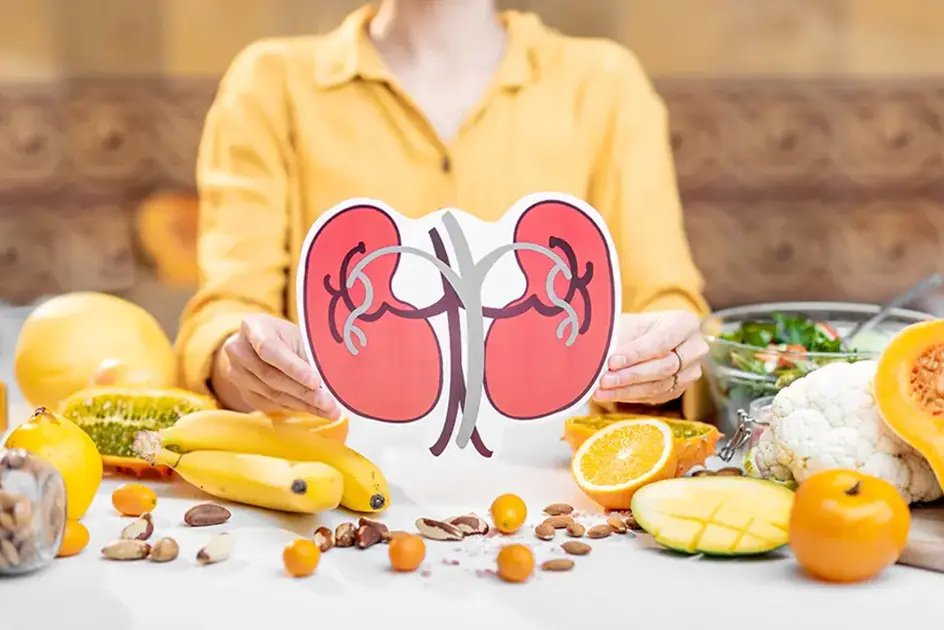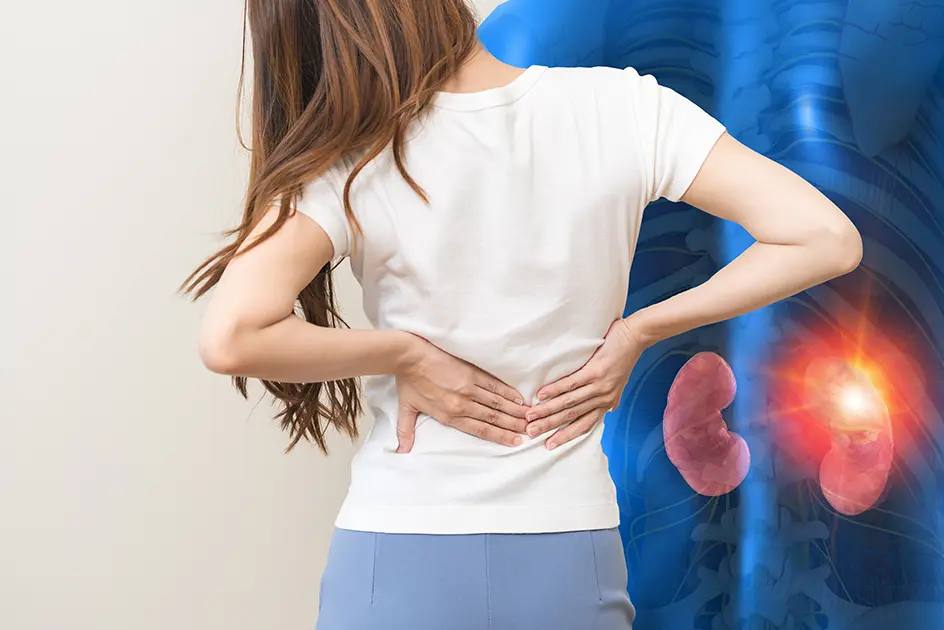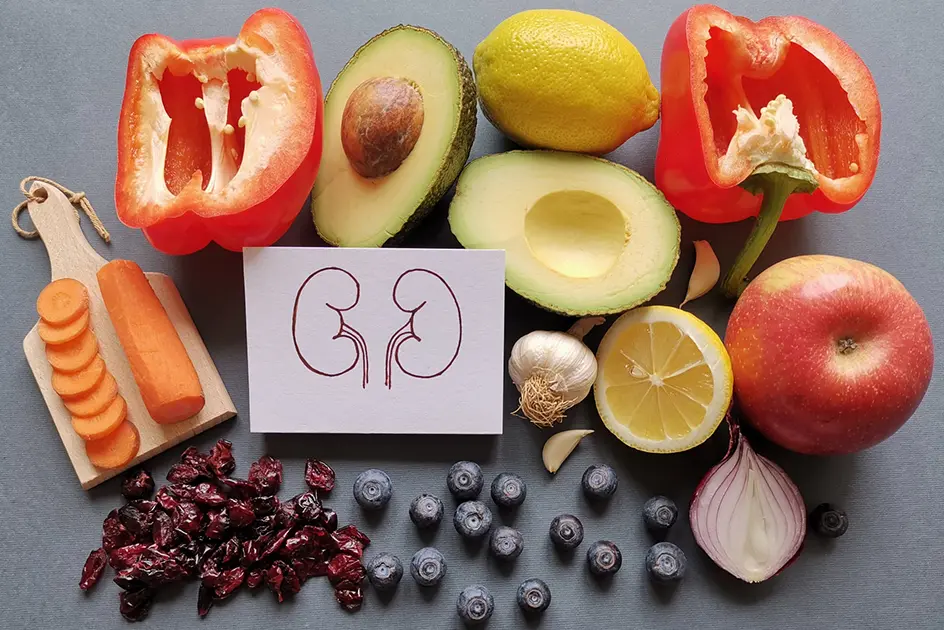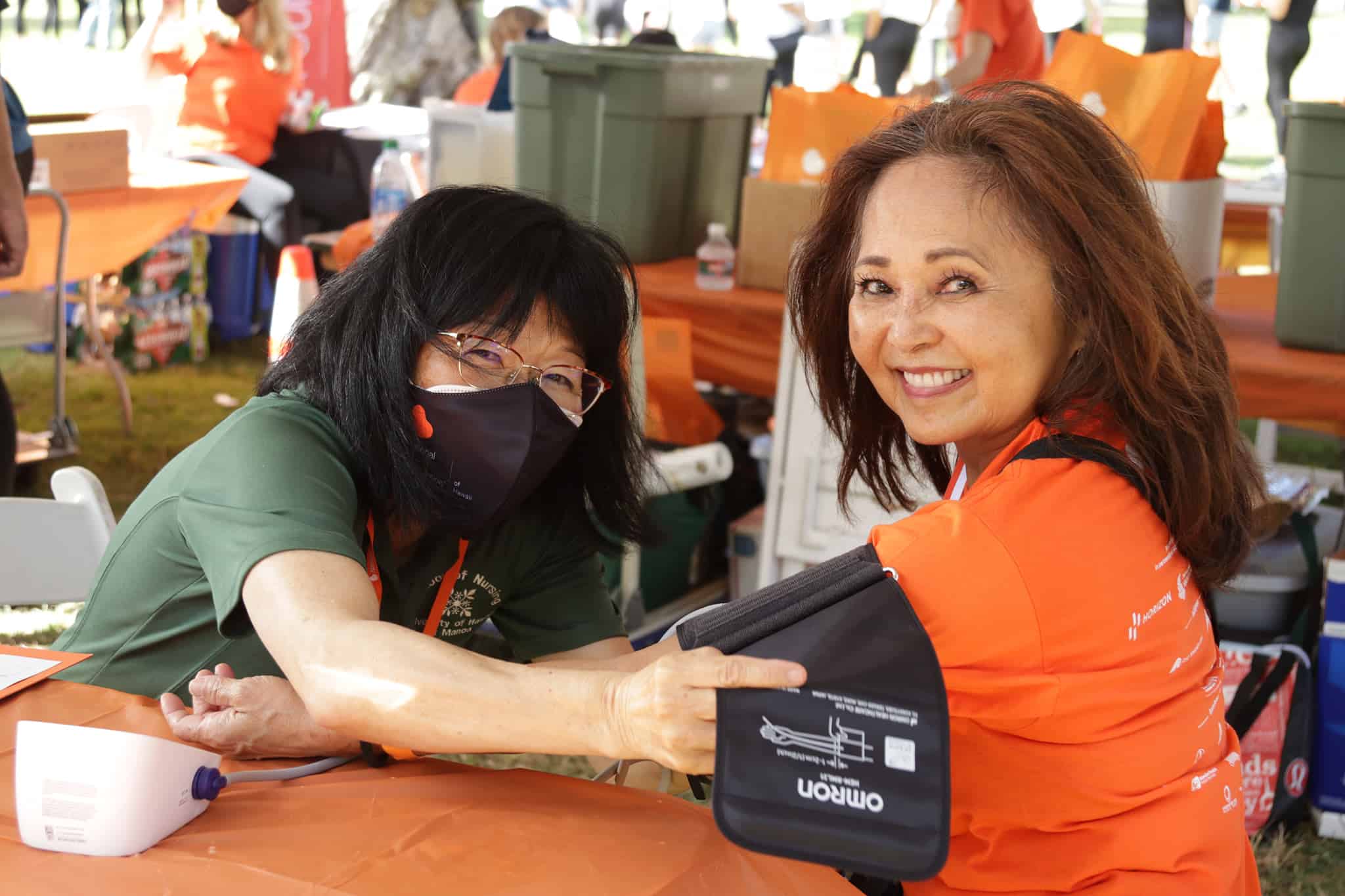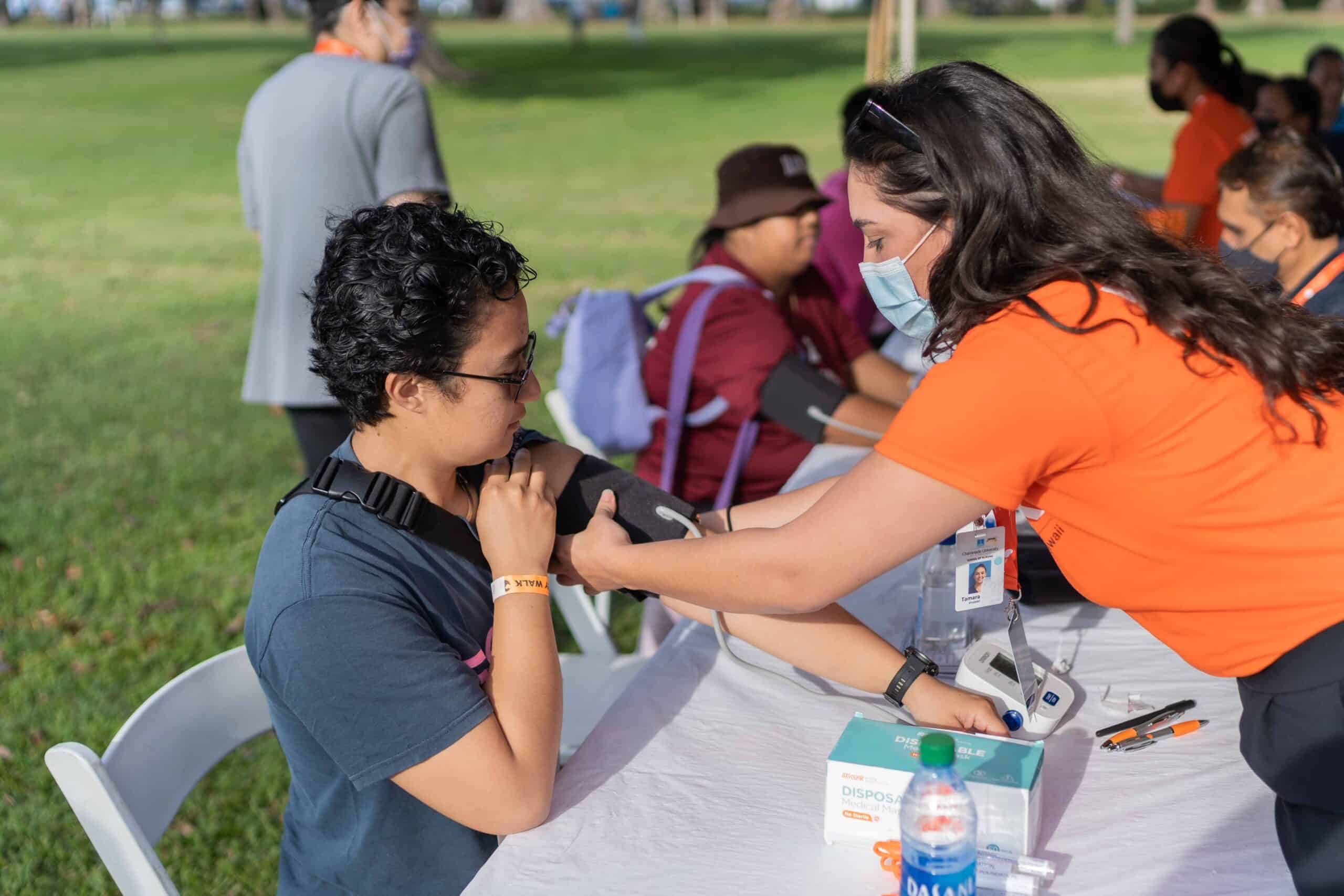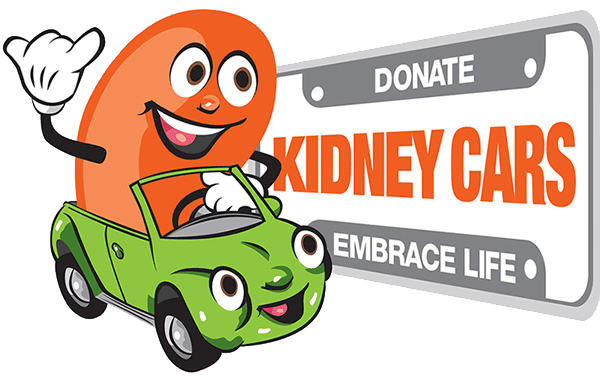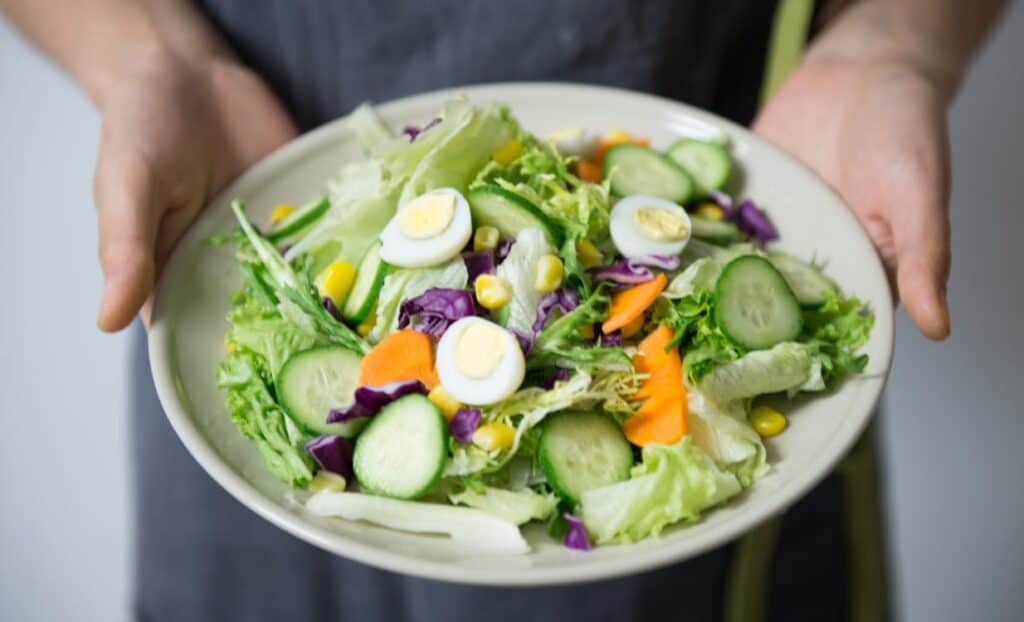If you have chronic kidney disease (CKD), you may prevent or delay some health problems by eating the right foods. As CKD progresses, nutritional needs will change. Your health care provider may recommend a specific diet to help prevent decline in your kidney function and minimize CKD-related complications. The following steps can help you understand the “bullet points” of a CKD diet.
Step 1: Choose and prepare foods with less salt and sodium
To help control your blood pressure, your diet should contain less than 2,300 milligrams of sodium each day. Most of the salt comes from eating processed foods (75%), or adding salt to food while cooking and using the salt shaker at meals (5 – 10%). On average, the more salt a person eats, the higher his or her blood pressure. Eating less salt is an important way to reduce the risk of high blood pressure, which may in turn reduce the risk of heart disease, stroke, congestive heart failure, and kidney damage. To reduce the amount of sodium in your diet, eat less processed food and use less salt while cooking and at the table.
- Buy fresh food often. Sodium (a part of salt) is added to many prepared or packaged foods you buy at the supermarket or at restaurants.
- Cook foods from scratch instead of eating prepared foods, “fast” foods, frozen dinners, and canned foods. When you prepare your own food, you control what goes into it.
- Keep the salt shaker, shoyu bottle, and mustard off the table.
- Use spices, herbs, and sodium-free seasonings in place of salt for flavor.
- Check for sodium on the Nutrition Facts label of food packages. A Daily Value of 20% or more means the food is high in sodium.
- Processed, pickled, and preserved foods often have much higher sodium content than fresh foods.
- Rinse canned vegetables, beans, meats, and fish with water before eating.
- Look for food labels with words like sodium-free or salt-free; low, reduced, or no salt or sodium; or unsalted or lightly salted.
- Check your blood pressure regularly. You don’t necessarily feel sick when your blood pressure is high.
Step 2: Eat the right amount and the right types of protein
To help protect your kidneys, eat small portions of protein foods. When your body uses protein, it produces waste, which is removed by the kidneys. Eating more protein than you need increases the waste. Knowing your allowable portions is key. A cooked portion of chicken, fish, or meat is about 3 ounces or about the size and thickness of a deck of cards. A portion of dairy foods is ½ cup of milk or yogurt, or one slice of cheese (1 oz). A portion of cooked beans is about ½ cup, and a portion of nuts is ¼ cup. A portion of bread is a single slice, and a portion of cooked rice or cooked noodles is ½ cup. Protein is found in foods from plants and animals. Most people eat both types of protein. Talk to your dietitian about how to choose the right combination of protein foods for you.
- Animal-protein foods: Meat, poultry, fish, eggs, dairy, whey protein powder
- Plant-protein foods: Beans, nuts, grains, soy protein powder
Step 3: Choose foods that are healthy for your heart
To help keep fat from building up in your blood vessels, heart, and kidneys, choose heart-healthy foods such as:
- Lean cuts of meat, such as loin or round
- Poultry without the skin
- Fish
- Beans
- Vegetables
- Fruits
- Low-fat or fat-free milk, yogurt, and cheese
- Grilled, broiled, baked, roasted, or stir-fried foods
- Foods cooked with nonstick cooking spray or a small amount of olive oil instead of butter.
- Heart-healthy oils (olive, safflower, canola)
Limit alcohol
Drink alcohol only in moderation. For men, this is two drinks a day; for women, one drink per day. Excessive alcohol can damage the liver, heart, and brain and cause serious health problems, including interacting with certain medications. Discuss with your doctor how much alcohol is safe for you.
As your kidney function goes down, you may need to eat foods with less phosphorus and potassium. Your doctor will use lab tests to check phosphorus and potassium levels in your blood. A renal dietitian can help to adjust your meal plan based on your lab results.
Step 4: Choose foods and drinks with less phosphorus
When you have CKD, phosphorus can build up in your blood. Too much phosphorus in your blood pulls calcium from your bones, making your bones brittle, weak, and more likely to fracture. High levels of phosphorus in your blood can also cause itchy skin and bone and joint pain.
- Many packaged foods have added phosphorus. Look for phosphorus—or for words with “PHOS”—on ingredient labels.
- Deli meats and some fresh meat and poultry can have added phosphorus. Ask the butcher to help you pick fresh meats.
- Foods Lower in Phosphorus: fruits and vegetables, breads, rice, pasta, rice milk (not enriched), corn and rice cereals, light-colored sodas (lemon lime, ginger ale), iced tea
- Foods Higher in Phosphorus: meat, poultry, fish, bran cereal and oatmeal, dairy foods, beans, lentil, nuts, chocolate, cola
Your doctor may prescribe a phosphate binder to take with meals to lower the amount of phosphorus in your blood. A phosphate binder is a medicine that acts like a sponge to soak up, or bind, phosphorus while it is in the stomach so it does not get into your blood. Instead of being absorbed, your body removes the phosphorus through your stool.
Step 5: Choose foods with the right amount of potassium
Problems can occur when blood potassium levels are too high or too low. Damaged kidneys allow potassium to build up in your blood, which can cause serious heart problems. Your food and drink choices can help you manage your potassium level, if needed.
- Salt substitutes are often made with potassium chloride. Read the ingredient label. Check with your doctor before using salt substitutes.
- Drain canned fruits and vegetables before eating.
- Removing skin and cooking vegetables in water can remove a small amount of potassium.
- Foods Lower in Potassium: apples, peaches, blueberries, mountain apples, grapes, cherries, longan, pears, plum, pineapple, beansprouts, bamboo shoots, radishes, cucumber, maronggay leaves (1/2 cup), bittermelon leaves (1/2 cup), won bok, watercress, corn, cauliflower, carrots, green beans, white bread, white pasta, white rice, rice milk (non-enriched), rice and corn cereals, apple, grape or cranberry juice.
- Foods Higher in Potassium: oranges, mangoes, avocados, guava, persimmon, tangelo, soursop, pummelo (jabon), kiwi, cantaloupe, honeydew, breadfruit, casaba, bananas, orange juice, coconut, coconut water, prunes, potatoes, tomatoes, pumpkin, mungo beans, luau leaves, sweet potato, yams, spinach, lima or kidney beans, taro, lotus root, brown and wild rice, bran cereals, dairy foods, whole wheat bread and pasta, beans and nuts.
This type of diet may seem overwhelming with many things to limit. If you need more help with meal planning, talk to your nephrologist or renal dietitian.
This information is meant to be used as a resource and is not meant to replace medical advice. For more information, contact programs@kidneyhi.org.
Reference:

